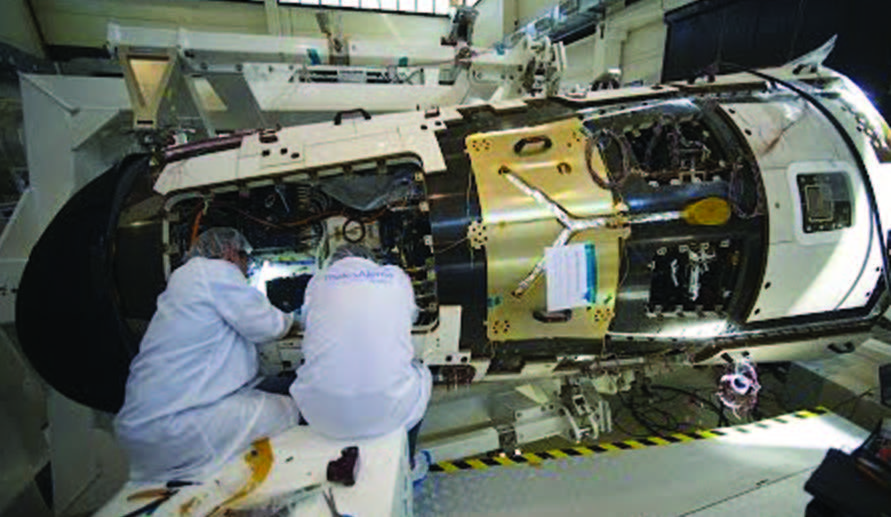
LONDON (TIP): A European mini spaceplane that will fly around the globe before splashing down in the Pacific Ocean is all set for launch later today.
The unmanned Intermediate eXperimental Vehicle (IXV) will launch atop a Vega rocket from South America fly east around the globe and is designed to gather information on how space objects fall back to Earth.
Engineers could use the data to inform a range of future technologies from re-usable rockets to Mars landers.
European Space Agency’s IXV mission will test cutting-edge system and technology aspects to provide Europe with an independent re-entry capability and a building block for reusable space transportation systems.
It will validate designs for lifting-bodies, incorporating both the simplicity of capsules and the performance of winged vehicles, with high controllability and manoeuvrability for precision landing.
After separating from Vega 320 km above Earth, the five-metre-long, two-tonne vehicle will climb to a height of around 450 km and then descend for re-entry, recording a vast amount of data from a large number of conventional and advanced sensors.
After manoeuvring to decelerate from hypersonic to supersonic speeds, IXV will deploy a multistage parachute to slow the descent further.
Flotation balloons will keep it afloat after splashdown in the Pacific Ocean, where it will be recovered by a ship for detailed analysis. The entire flight will last about 100 minutes.
ESA has developed the capabilities to deliver spacecraft into orbit, dock automatically with cooperative or non-cooperative targets, and even land on celestial objects far away in our solar system. Mastering autonomous return from orbit and soft landing will open a new chapter for ESA. Such a capability is a cornerstone for reusable launcher stages, sample return from other planets and crew return from space, as well as future Earth observation, microgravity research, satellite servicing and disposal missions.
The initial results from the flight are expected to be released around six weeks later.
The results will feed the Programme for Reusable In-Orbit Demonstrator for Europe, or Pride, which is being studied under funding decided at ESA’s last two ministerial councils.





Be the first to comment